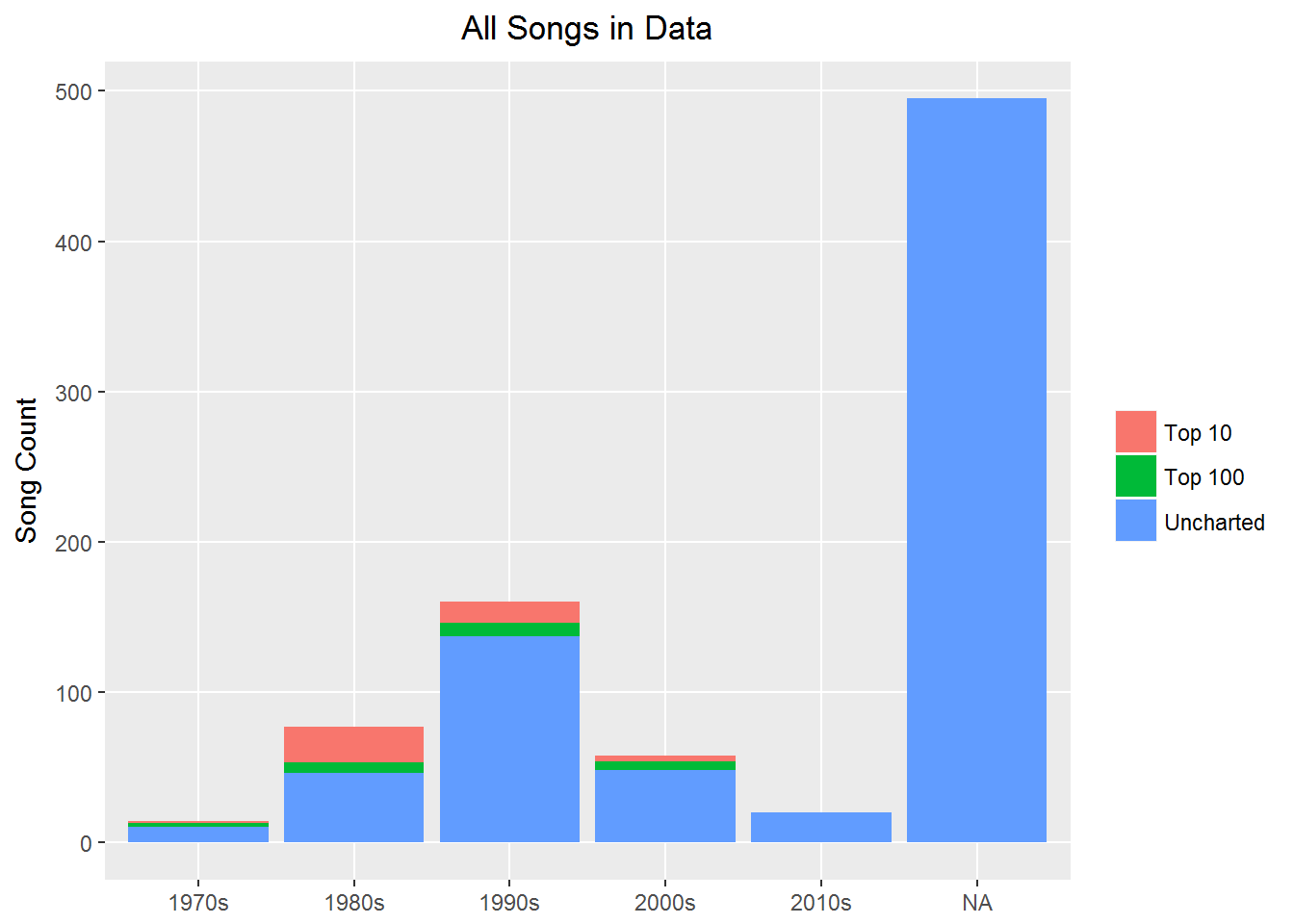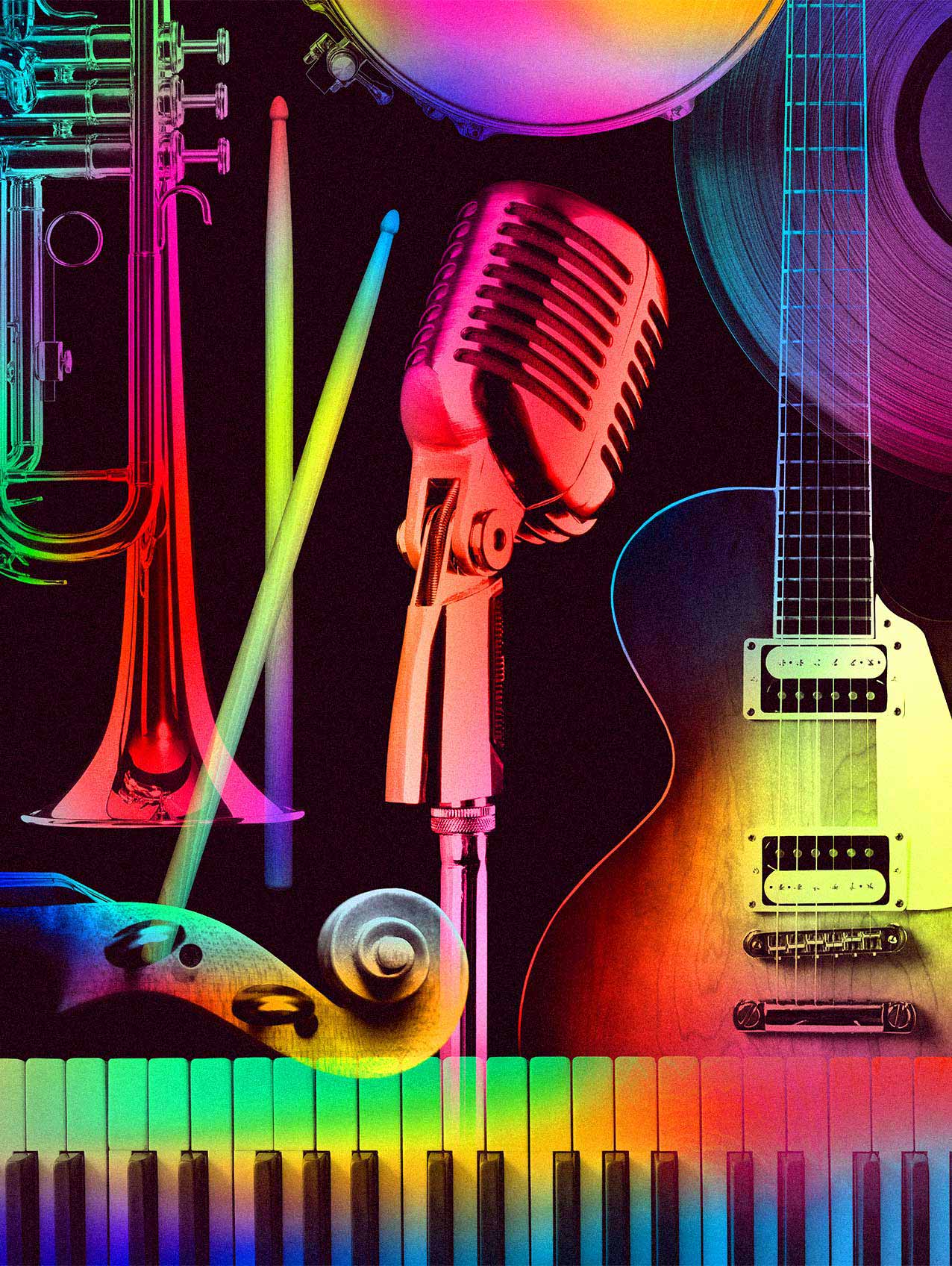

In the end, the researchers concluded that the AI was better able to detect how calm or energetic a song was better than more traditional approaches that did not use AI, and performed about the same when it came to detecting whether a song was positive or negative. This sort of work is seen as a way to further look into how music, lyrics, and mood correlate About 60 percent of the resulting dataset (18,644 tracks) was used to train the AI, with the rest used to validate and further test the system. The Million Song Database just contains metadata for songs, not the songs themselves, so the team then paired all this information to Deezer’s catalog using identifiers like song titles, artist names, and album titles. Many of these tags are mood-related, and over 14,000 English words from these tags were given two scale ratings correlating to how negative or positive a word is, and also how calm or energetic a word is in order to train the system. In particular, they used Last.fm’s dataset, which assigns identifiers to tracks from over 500,000 unique tags.
#Reading million song dataset lyrics how to
Then, to teach it how to determine the mood of a song, they used the Million Song Dataset (MSD), which is a collection of metadata for over 1 million contemporary songs. To start, they fed audio signals into a neural network, along with models that reconstruct the linguistic contexts of words. To determine a song’s musical mood, the team considered both the audio signal and the lyrics.

The work is described in a newly published paper on titled “ Music Mood Detection Based on Audio Lyrics With Deep Neural Nets.“ Researchers at Deezer have developed an AI system capable of associating certain songs with moods and intensities, as spotted by VentureBeat.


 0 kommentar(er)
0 kommentar(er)
